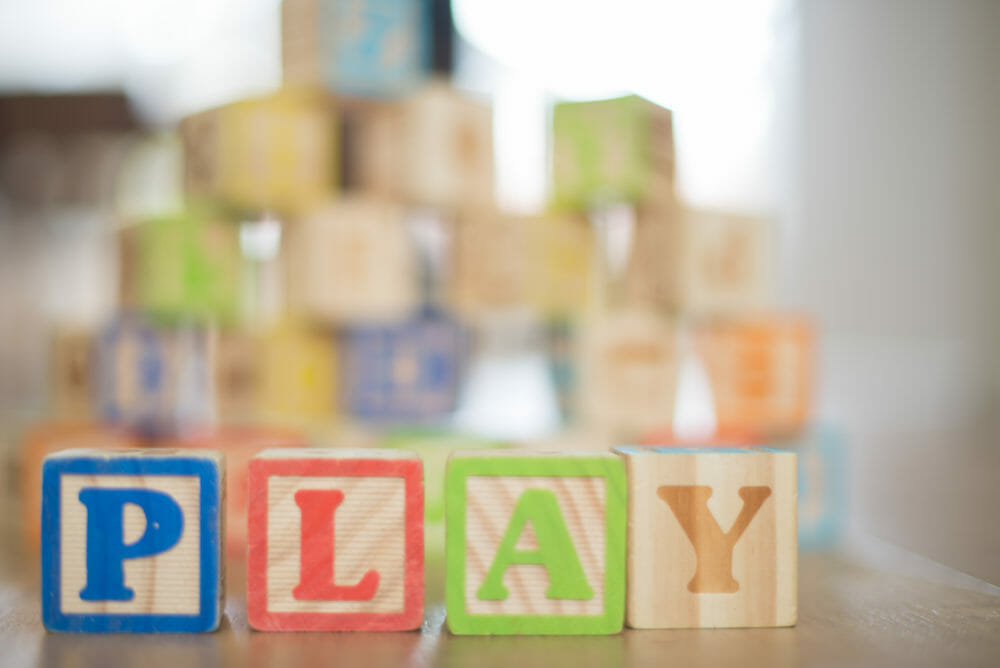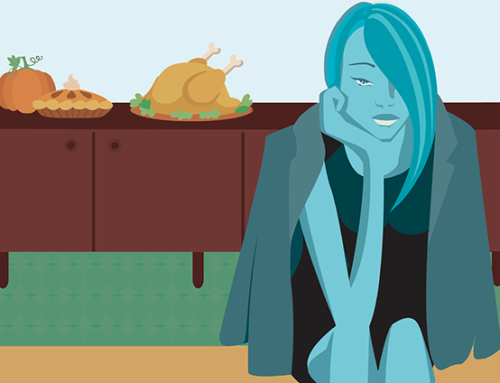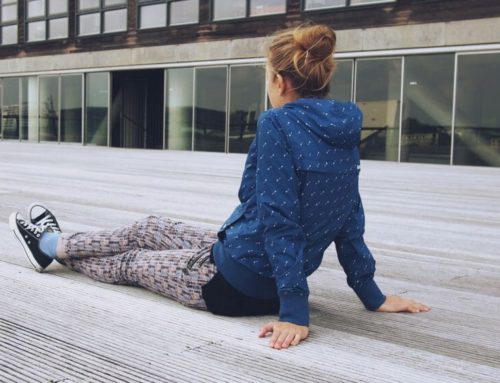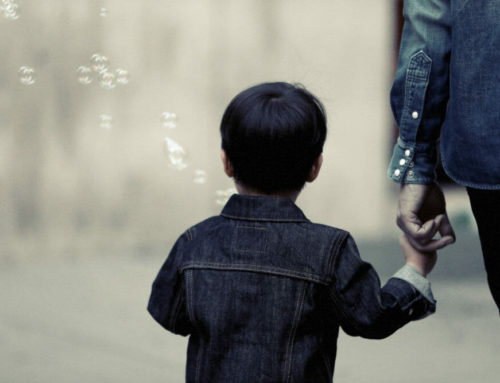This week is National Play Therapy Week, so I thought it would be a great opportunity to write a little bit about play therapy. Play therapy is an important part of my practice, especially when I’m working with younger kids.
Here’s a short and funny video clip that does a great job introducing play therapy:
What is play therapy?
Play therapy is most frequently used with children between the ages of 3 and 12. Play therapy focuses on helping the child through a fun, repetitive, age-appropriate, relational model. It is designed to help children address and resolve their problems in a “language” that is natural to them.
Play therapy usually happens in a playroom that was designed specifically for play therapy, with a bunch of different toys that can help kids express and understand their thoughts, feelings, and relationships. Using these toys, the therapist and child play and talk together to help the child improve their mood, behavior, and/or relationships.
Why would someone choose play therapy for their child?
Think about this for a minute – it’s not often that a 5-year-old will go out for coffee (or juice) with their friend and sit and talk for an hour. I mean, it sounds ridiculous even to suggest that, right? And that’s why traditional talk therapy, involving sitting still and talking for an hour, often doesn’t work well with kids. Instead, they need to be moving around and being imaginative while working with their therapist. So we use a playroom and certain toys such as dolls, puppets, drawing tools, and costumes, that can help children address their problems in a safe, therapeutic environment.
It can also be helpful for kids to be able to “play” through a problem rather than directly talk about it. For example, a child may want to play with the dolls during our session. Then as we’re playing, she may have two dolls argue and fight a lot. This can give me insight into what her relationships are like, what her perception is of those relationships, and what she might be struggling with. Our dolls can then try out different ways of handling conflict, and I can model better ways of interacting with others using my doll. This allows her to be able to work through this difficulty in a healthy way with me. In addition, she can work through it without ever having to directly talk about it, which can feel much easier and safer for kids.
But you’re just playing!
I know! Trust me, I get it. It can feel so weird to invest time and money to have your child play with someone for 45 minutes. But just like the example above shows, it’s not just playing – there’s a lot of therapeutic work that goes into it and it can be really helpful for the child.
The other benefit is that the child usually enjoys it a lot more than other types of therapies. There’s no lecturing, no worksheets, and no homework – nothing for them to tune out or complain about.
How could play therapy help my child?
Play therapy is something to consider if your child has been having difficulties in their life, either socially, emotionally, or behaviorally. They may be anxious, withdrawn, or more aggressive and argumentative. Any of these can be warning signs that you child is struggling with something, and play therapy could potentially benefit them. (If you’re concerned about your child, it’s a good idea to meet with a mental health professional and discuss your concerns.)
According to the Association for Play Therapy, play therapy helps children:
- Develop more successful strategies to deal with difficulties
- Facilitate healing from stressful or traumatic experiences
- Express thoughts and feelings in healthier ways
- Develop respect and acceptance of self and others.
- Learn new ways of thinking and behaving
- Have empathy and respect for thoughts and feelings of others.
- Learn new social skills and relational skills with family
I hope this is helpful! If you have more questions, let me know and I’ll do my best to answer them. This post just skimmed the surface, and I’m happy to post more about play therapy if it’s something that you find helpful.




